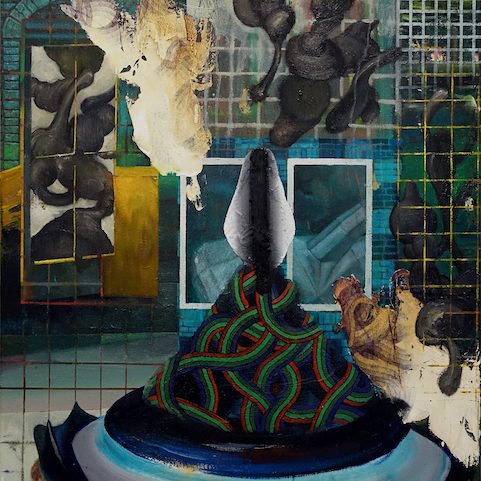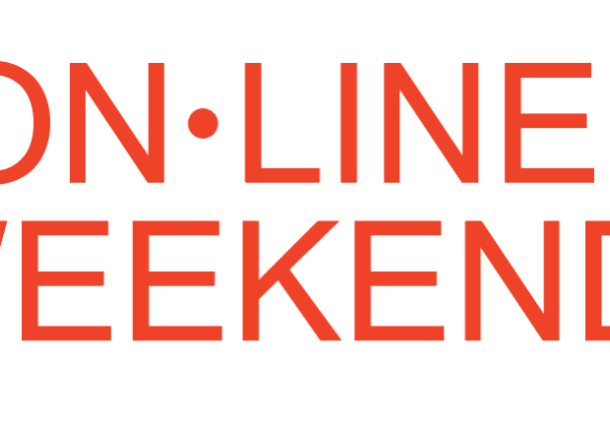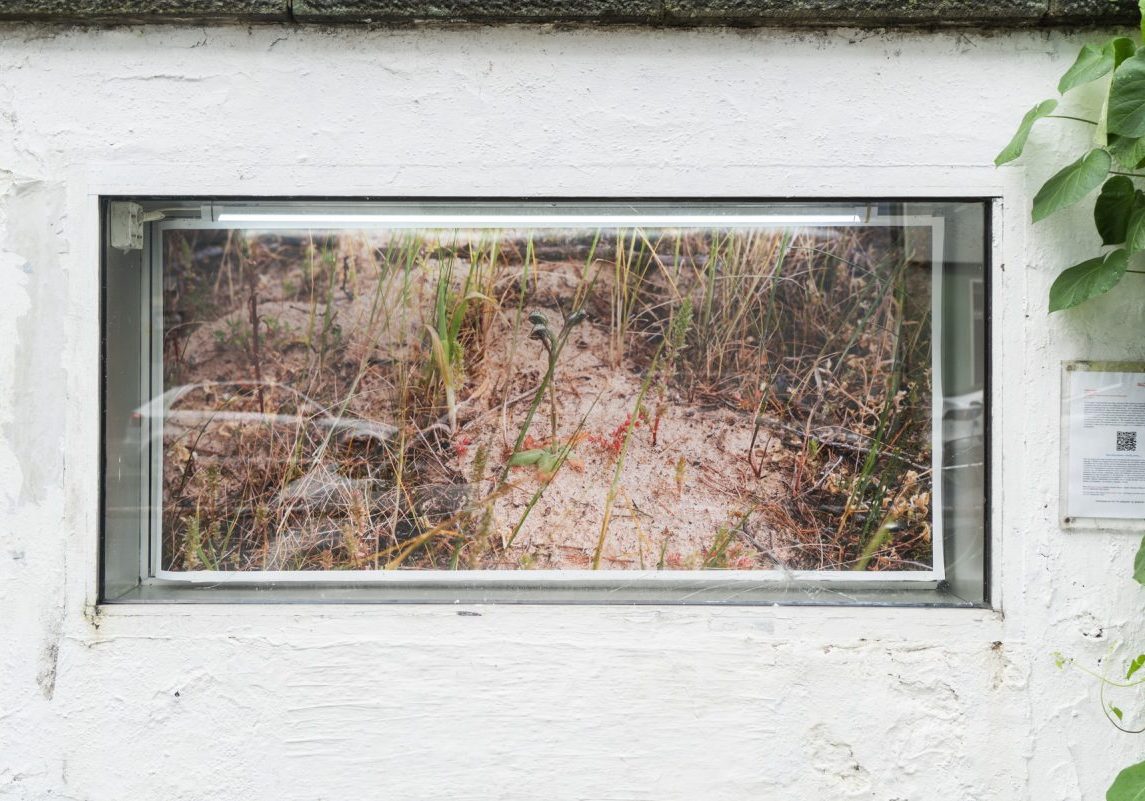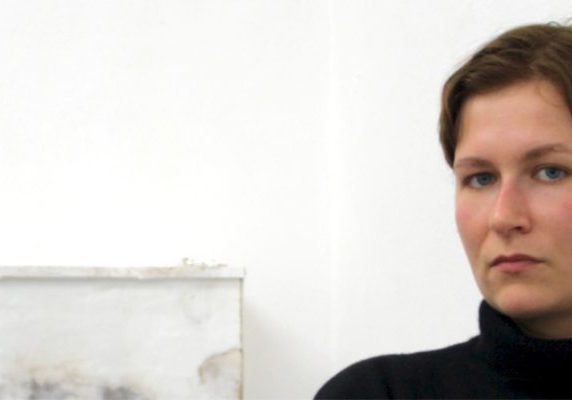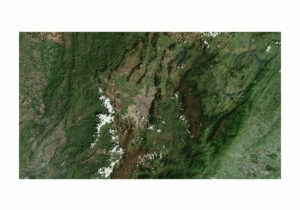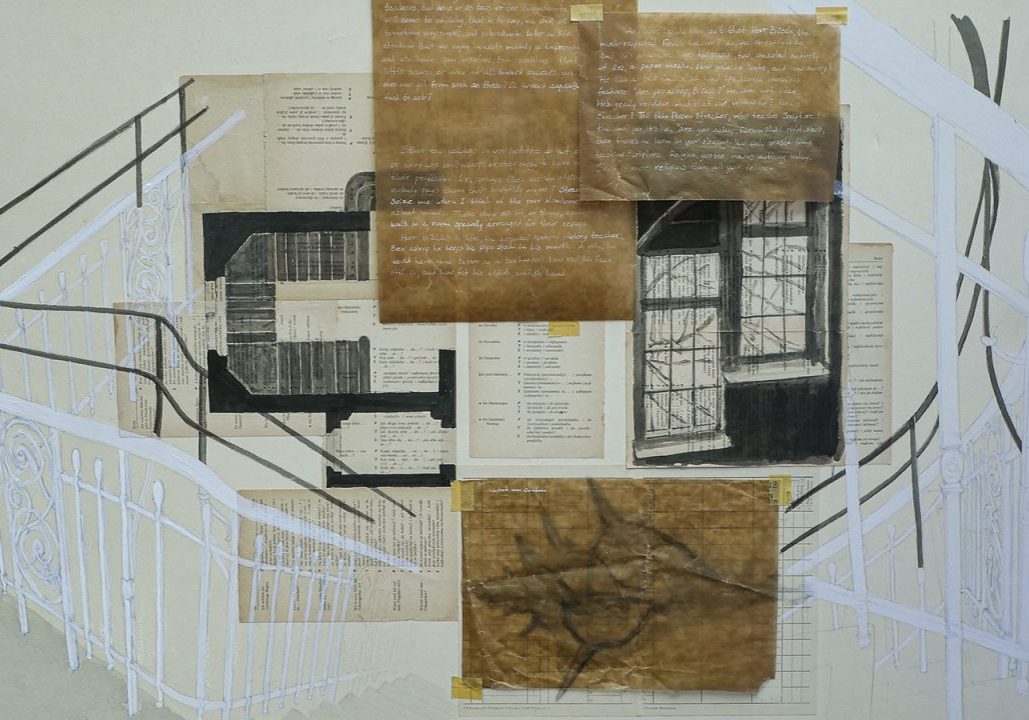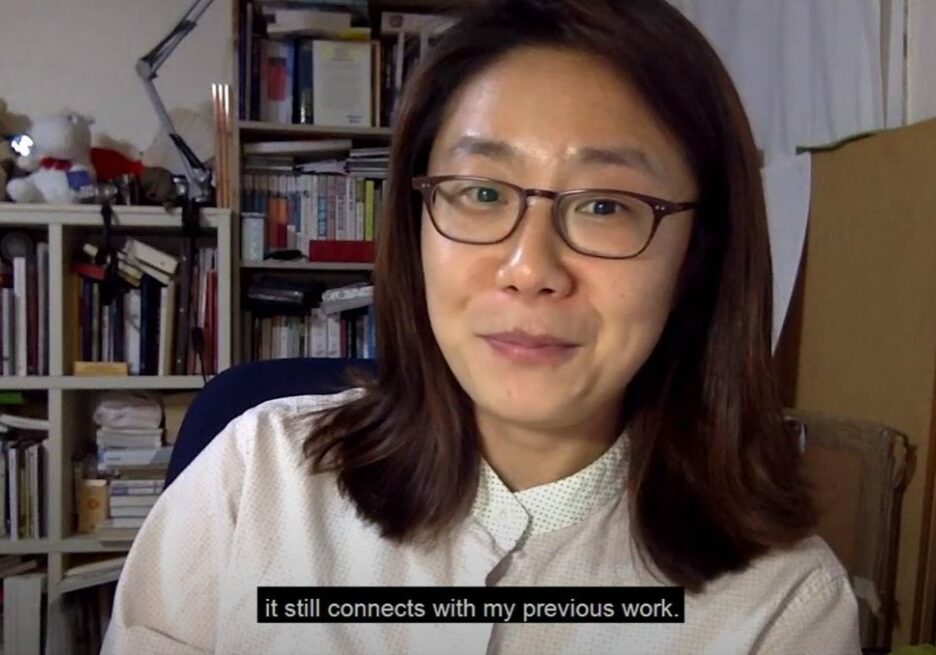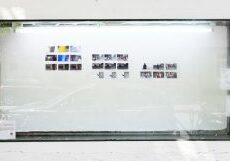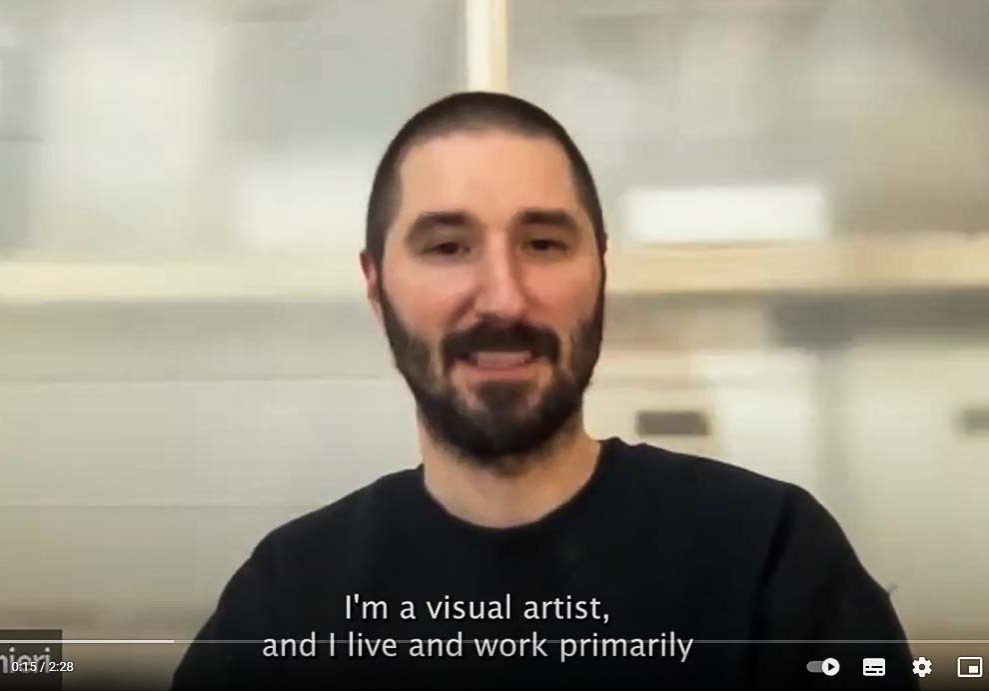Meet the Artist // Jan Yongdeok Lim
Introducing Jan Yongdeok Lim (@lotuswoodland) , an artist who views painting as a form of poetry. For Jan, nothing remains stagnant or taken for granted. Each word, sentence, material, and image becomes a canvas, shaped by the echoes of personal and collective memories.
How did your artistic journey begin?
I have been told that my grandfather, who used to be an elementary school teacher, often made drawings and paintings and gave them as gifts to my grandmother. When war clouds gathered, he entered the military academy and died on the battlefield during the Korean War. My father, who never met his father and has only one painting and a photo album left behind, became a metal craft artist. And I became a painter.
I believe everybody is born an artist. While others got interested in other subjects/topics, I kept scribbling, and entered an art school. And since then, I continued making my visual art. In my childhood, I always lost track of time in my father’s library filled with art books of historical painters, such as Hieronymus Bosch to Henri Rousseau. Thanks to that, painting has been a bedrock of reference points for all forms of artistic practice of mine. I was in the fashion field full of affectation, but ultimately, I couldn´t resist embracing the honesty and authenticity of painting, which is analogous to the use of the felt and fat for Joseph Beuys. Now I am painting, and strongly believe it has its own autonomy and temporality (ursprüngliche Zeit).
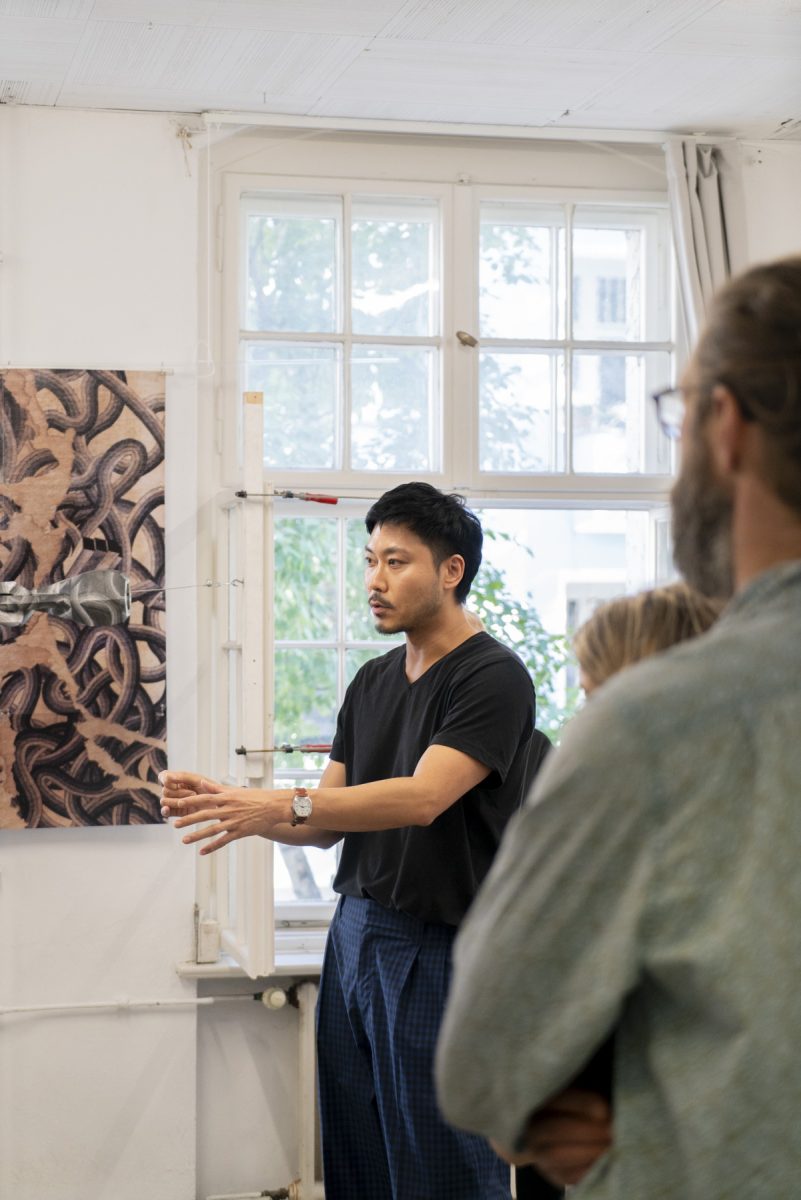
How would you describe your practice as an artist?
Lately, I’ve come to the realisation how challenging it can be to create even just a single brush stroke.
What inspires you to create your art?
Everything inspires me to create art. Artists take no breaks. Artists are always thinking about, or immersed in their creative process, even when they are not physically working on their art. “The world is full of sounds. We just don’t usually hear them as music,” Ryuichi Sakamoto said. A single word, sentence, color, sound, material, or image, how it calls me and how my/our memories talk to it, becomes a painting. I’ve been working with everything that lies in oscillating boundaries surrounding discordance, disparity, and chaosmos, which defamiliarizes by disassembling and reassembling.
For me reality thus becomes a flexible expense. Nothing stands still or can be taken for granted. From introspection of personal identity to societal identities, it becomes both as a subject and as an attitude within my work.
GlogauAir was my third experience in an artist residency. Differences fascinate us and we then find out some things in common. No matter what encounters, they boil down to me. Nonetheless, moving to a studio in Berlin far from my studio in Utrecht, different light falls, noise, feeling of place, and presence determine the process. I decided to come to GlogauAir to experience this. I am primarily interested in the process. This is something I learned from my great fellow artists in my previous residency in Leipzig. I hoped to meet such an unexpected detour again in GlogauAir as well.
My first residency experience was 7 years ago. One of the biggest benefits of participating in a residency is the opportunity to collaborate closely and mutually influence one another. I was able to consider creating video art thanks to my fellow artists and I did it. The sky of Stöðvarfjörður, Iceland, was overspreading with black clouds. Four fellow photographers and video artists were together with me to support my video. While taking the video, the windstorm suddenly turned dangerously and pushed my boat away to deeper seas. No matter how I rowed, with all my strength, I kept on floating further away. One of the photographers who felt that something was wrong exigently drove a car back -I saw it from the boat drifting-; and a captain in a fishing vessel rescued me shortly after. As soon as I came back to Utrecht, I began to learn how to swim. This time in the boat seemed an eternity. The water was brutal and deep black. If my colleagues hadn’t been there, I would have not been able to make this video, and probably not be able to write this now. The video has become my artist statement, and an attitude that I always remind myself of when I’m painting.
Does the city of Berlin have an influence on your production?
In Berlin, my most recent series “The Remnants” explores what is left behind. The abandoned, the spilled and the discarded – a daily news report, a morning poem, small talk with a stranger in Berlin, a fragment of a train of thought. Strangely, in Kreuzberg where I was staying, there were a lot of things left on the streets, as if they were intentionally placed there. I speculate that because of these interests, I had developed stem from enduring the long pandemic. I´ve captured these things and moments in photos, and attempted to paint them with a concise and swift touch, between abstract and figurative.



